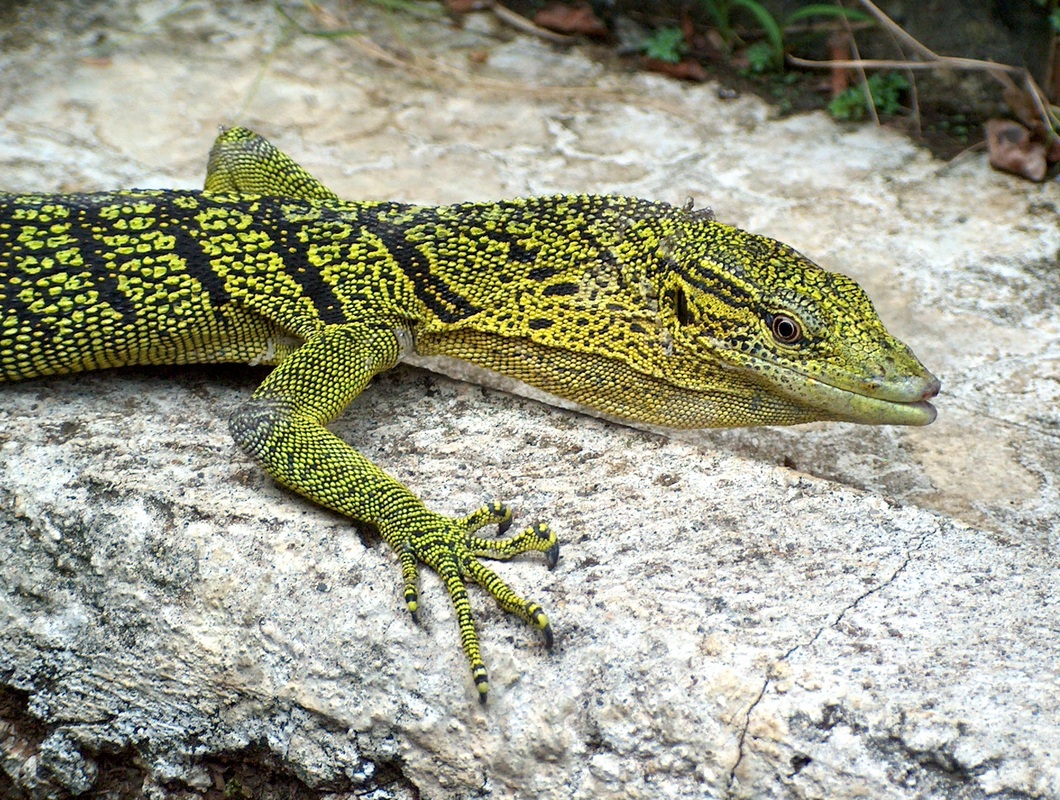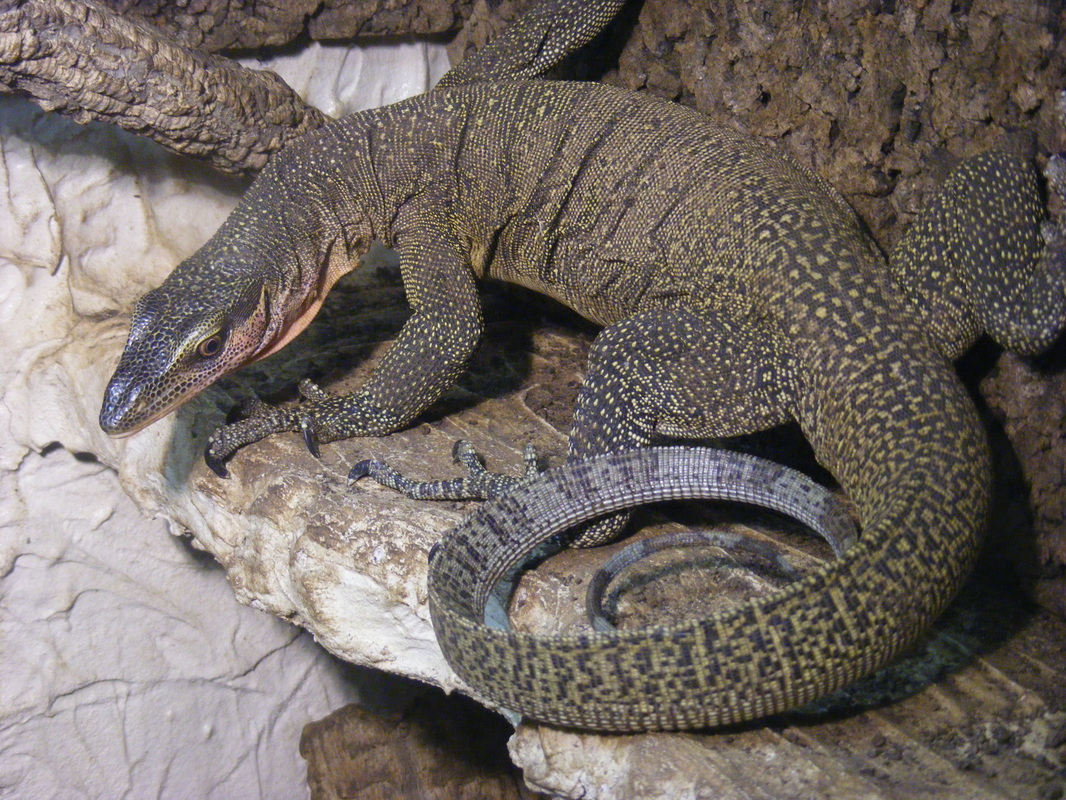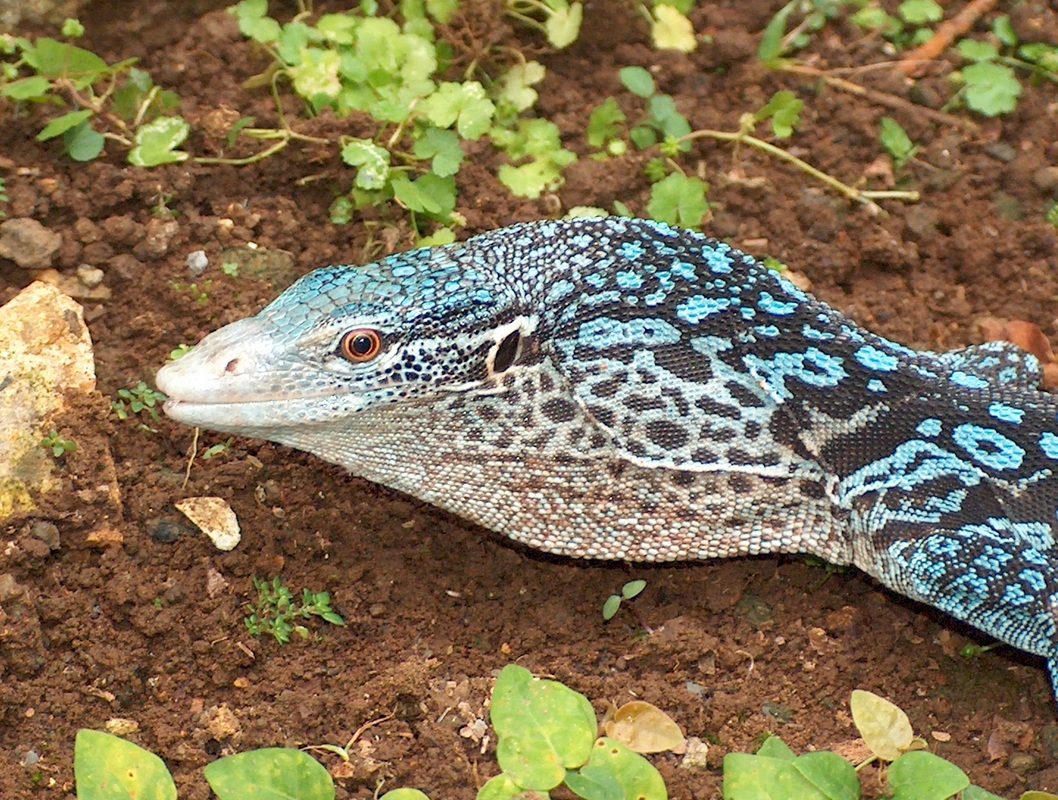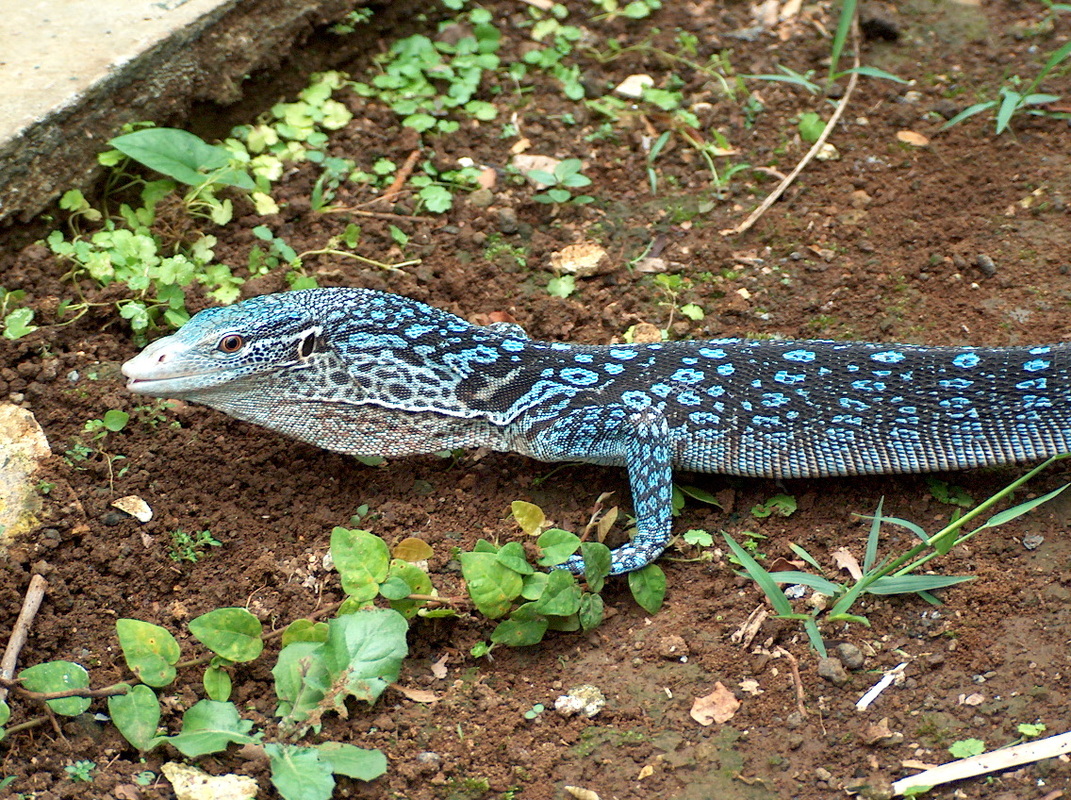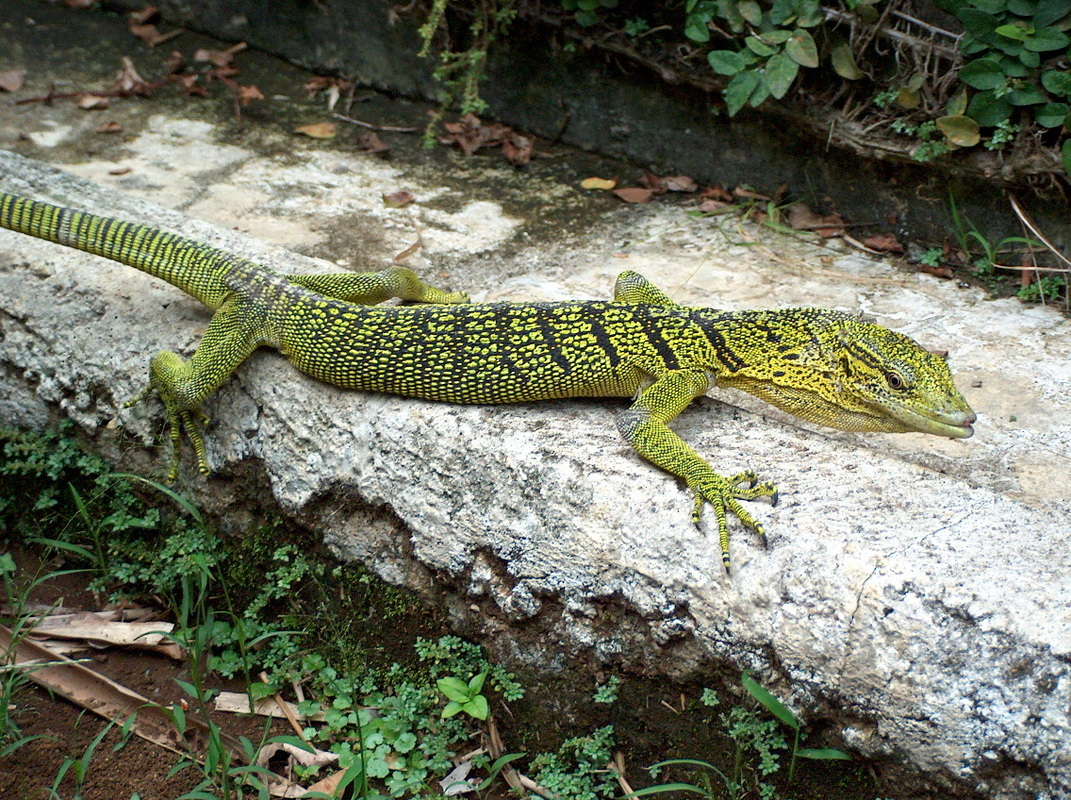Photograph Wild Monitor Lizards
The Project
ASC is looking for anyone traveling to the Moluccas and the New Guinea region, including the Bismarck Archipelago and the Solomon Islands, to photograph monitor lizards. Monitor lizards are among the largest and most intelligent living reptiles. Some species, such as the New Guinean tree monitors, belong also to the most colorful reptiles in the world! That’s why they are focal species of the international pet trade being harvested in unsustainable levels. Despite their prominent role in the global pet trade, little is known about their distribution and ecology. Amazingly, some new monitor species have only recently been discovered and described as new to science! Most species are found only on little islands offshore New Guinea. Consequently, they could easily fall victim to over exploitation and extinction.
How Can You Participate?
Volunteer adventurers could help collect data about these threatened monitor lizards, some of which belong to the least known vertebrate species in the world with only a few voucher specimens kept in natural history museum collections. One such example is the Silver Tree Monitor (Varanus zugorum) from Halmahera, Moluccas, which is only known from a single alcohol-preserved specimen, that was collected in the 1980s. But it was described as a new species only in 2005. Too often any basic knowledge about the biology and ecology of these rare monitor species is lacking. Also new island records from the Moluccas would extend the known distribution range of little-known monitor species. So any information about sightings in the wild as well as harvesting and trading activities could help to better protect them!
How will this data be used?
Information from sightings and photographs in the field could be used in future publications and in recommendations for governmental decision makers to improve the international protection status of these threatened monitor lizards. At present, all these monitor lizards are listed under the CITES trade regulations with haphazard official export quotas but nothing is know about their population status. Authorship of information and photographs would, of course, be acknowledged in publications!

